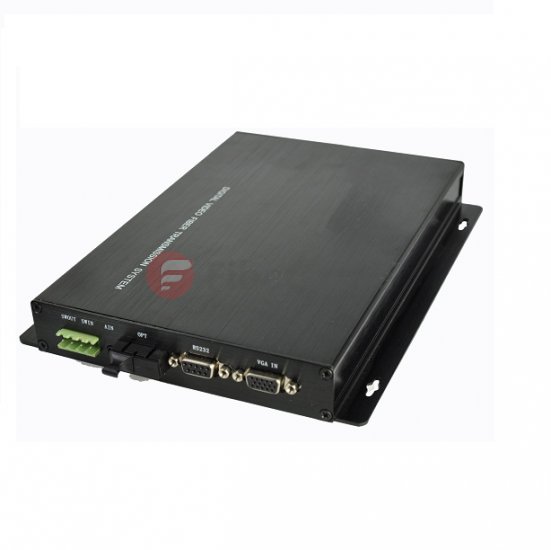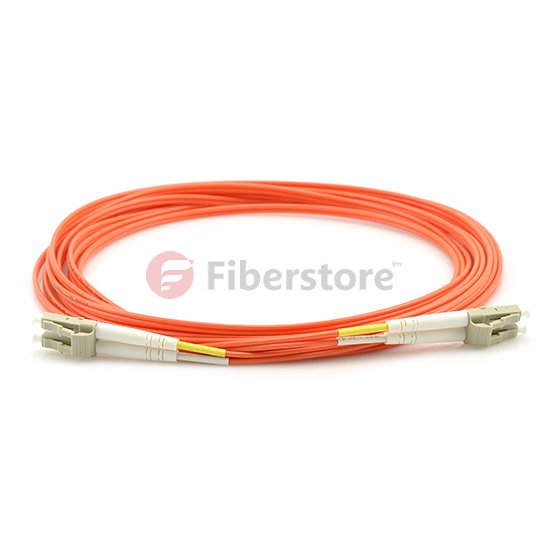A fiber optic “mode” is a path that light can follow in traveling down a fiber. As the name implies, multimode cable has a larger core designed to support multiple modes, or paths, of light propagation.
When an incoherent light source such as an LED is coupled to multimode fiber, multiple paths of light from the LED are transmitted over the cable, as shown in Figure 17-1. An advantage of the larger core is easier coupling of the light source to the cable. A disadvantage is that the wider corridor for light transmission allows the multiple paths of LED lights to bounce off the sides of the fiber.
When this happens, these light paths arrive at the far end slightly out of phase, causing the light pulse to become dispersed, or spread out. This modal dispersion, or jitter, of the signal can cause problems with signal recovery at the far end. The longer the distance, the more signal dispersion there will be at a given signaling rate.
Single-mode fiber has a much smaller core, optimized to propagate a single mode, or path. When long-wavelength light (e.g., 1300 nanometers) is injected into this fiber, only one mode will be active, and the rays of light will travel down the middle of the fiber. When a coherent light source from a laser is coupled to a single-mode fiber, the single beam of laser light is transmitted over the single mode of the cable. The common single-mode fiber patch cord we use in the optical fiber system, there are singlemode LC to LC fiber patch cable, SC to SC fiber patch cable, SC LC fiber patch cable, ST fiber patch cable.
With single-mode fiber, the signals don’t bounce against the cladding of the fiber, meaning there is no modal signal dispersion. Therefore, the light can travel a much longer distance without signal problems. The smaller core requires more precision to couple the light source to the cable, which is one reason why single-mode equipment is more expensive.
It is possible to couple a coherent laser light source to a multimode fiber. However, when this was first done for the Gigabit Ethernet media system, it was discovered that there can sometimes be a problem with signal propagation over the older cables that were common when Gigabit Ethernet was initally developed in 1999. This issue is called differential mode delay (DMD), and it is further described later in this chapter.
Since that time, newer version of multimode cables have been developed that are designed to support laser light sources. In particular, these cables support the use of a less expensive laster technology called a Vertical Cavity Surface Emitting Laser (VCSEL). These lasers are well suited for low-cost transmission at the 850nm wavelength, allowing for higher data rates over multimode fiber.
We offer a huge selection of single and multimode fiber patch cables for multiple applications: mechanical use, short in-office runs, or longer runs between and within buildings, or even underground. Gel-free options are available for less mess, and Bend Insensitive cables for minimizing bend loss, which can be difficult to locate and resolve.



